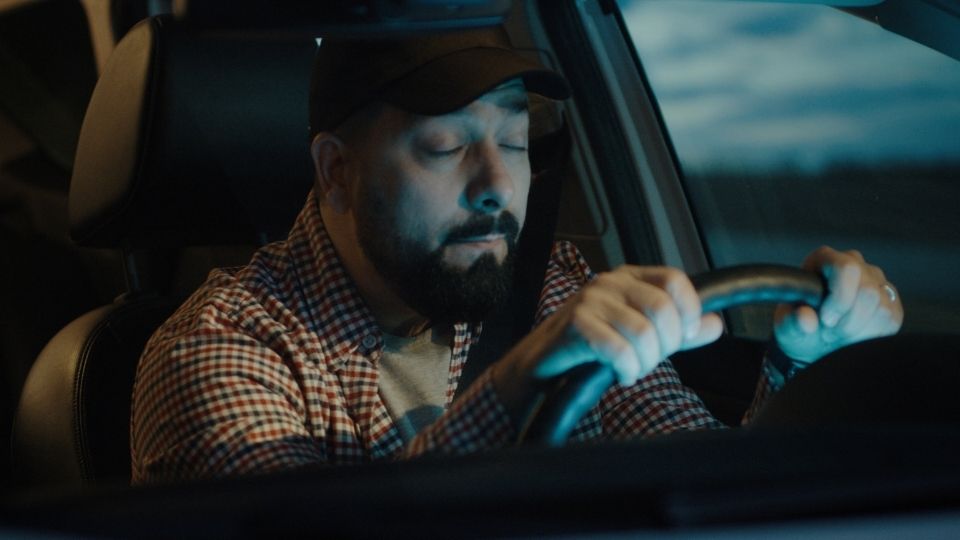How to Stay Awake on the Road: Essential Tips to Prevent Drowsy Driving
Drowsiness behind the wheel can strike without warning, especially during long journeys or when you’re sleep deprived. Falling asleep while driving is a serious risk that no one should underestimate. Below are practical steps to stay awake while driving so you can stay alert and safe on every trip.
Recognise the Signs of Drowsy Driving
One of the most crucial steps to avoid drowsy driving is learning to recognise early warning signs:
- Trouble remembering the last few miles or exits you’ve passed
- Frequent yawning or rubbing your eyes
- Drifting between lanes or hitting rumble strips
- Difficulty keeping your head up
If you catch yourself feeling drowsy or struggling to keep track of the road, it’s time to act before a potential micro-sleep turns into a dangerous situation.
Plan for a Good Night’s Sleep
A consistent night’s sleep is your best defence against drowsiness. Make sure you:
- Get 7–8 hours of rest regularly to maintain a stable circadian rhythm
- Avoid drinking alcohol close to bedtime—it disrupts deep sleep
- Seek help if you suspect a sleep disorder (e.g., sleep apnoea) that might leave you feeling exhausted, even after sleeping well
When you’re well-rested, your energy level stays higher for longer, reducing the risk of nodding off behind the wheel.
Take Regular Breaks and Power Naps
When driving long distances, make sure to schedule stops at least every two hours. Stretching your legs and giving your eyes a rest can quickly boost focus. If you’re truly feeling drowsy, consider a quick power nap:
- Safely park somewhere legal and secure.
- Nap for 10–20 minutes to recharge without falling into deep sleep.
This short rest can dramatically improve alertness and help prevent falling asleep on the road.
Related article: How to Reduce Risk While Driving
Watch What You Consume
Your diet and drinks play a major role in helping you stay awake while driving:
- Cup of coffee: Caffeine can be a helpful short-term fix, but don’t rely on it alone.
- Hydration: Drinking plenty of water helps maintain focus.
- Avoid heavy meals: Large meals can make you more sluggish.
Be mindful, too, that drinking alcohol before or during a trip—even in small amounts—significantly raises your risk of drowsiness behind the wheel.
Leverage Technology and Road Safety Features
Some modern vehicles and roads include features designed to alert you when drowsiness behind the wheel becomes evident:
- Lane-departure warnings or driver alert systems
- Rumble strips along the road’s shoulder that cause a loud noise or vibration if you drift
- Smartphone alerts or apps that track how tired you might be based on movement and driving patterns
While these technologies can help you stay alert, they’re no substitute for proper sleep.
Stay Mentally Engaged
If you sense your energy level dipping, try to keep your mind active:
- Chat with a passenger (if safe to do so)
- Listen to music or podcasts at a moderate volume
- Plan your next break or think through a small task or puzzle
The goal is to keep your brain engaged, so you’re less likely to drift into automatic pilot mode.
Frequently Asked Questions
What to do if I am sleepy while driving?
- Pull over safely and take a short break or power nap.
- If possible, swap drivers if someone else is licensed and well-rested.
- Stretch or walk around to boost blood flow and alertness.
- Consider drinking a cup of coffee—but remember it only provides a temporary energy boost.
What’s the Best Way to Stay Awake When Driving?
The best method is prevention:
- Get a good night’s sleep consistently
- Plan regular stops when driving long distances
- Avoid drinking alcohol or heavy meals before hitting the road
- Use power naps strategically
- Maintain your circadian rhythm by keeping consistent sleep schedules
Take the Next Step Toward Safer Driving
Staying awake on the road is just one piece of becoming a better, safer driver. At LTrent Driving School, we focus on comprehensive driver education that goes beyond merely passing a test. Our local instructors in Sydney, the Central Coast, Illawarra, Wollongong, Newcastle, Canberra, and the Gold Coast use cutting-edge training methods so you can learn to drive confidently, even in challenging conditions.
Learn to Drive in Fewer Lessons and Save Money
Because we teach you more in each session than any other provider, you’ll reach test-ready competence faster, saving both time and money. We also offer discounted package pricing for those who book multiple lessons upfront.
If you’d like additional guidance on how to drive safer, you can explore our Safer Drivers Course to build essential skills and develop a defensive driving mindset.
